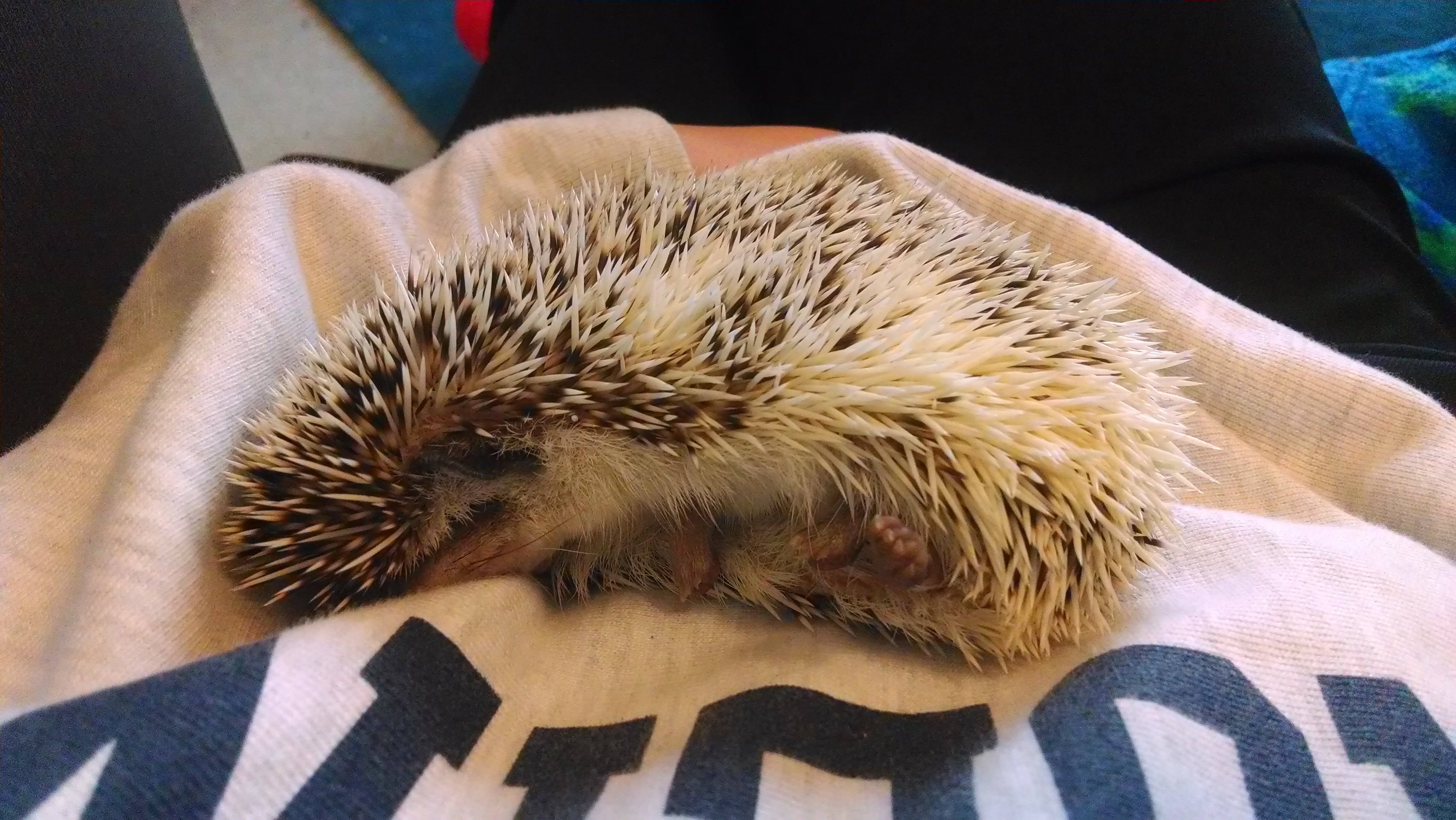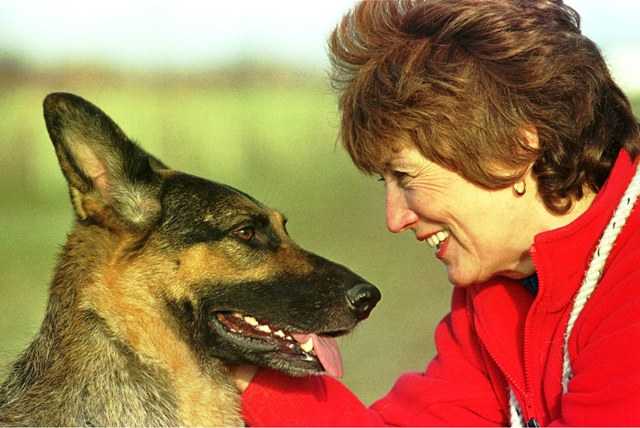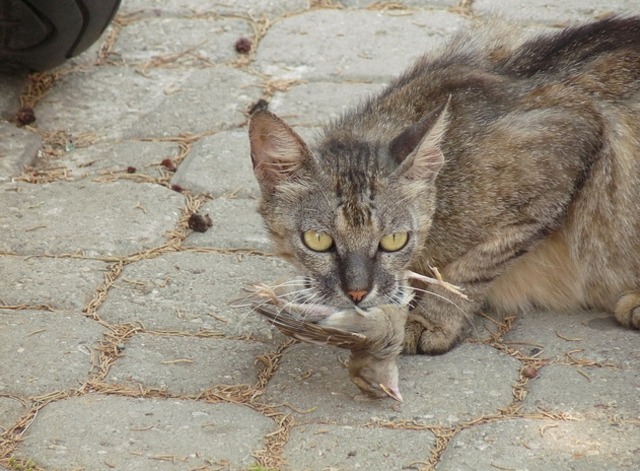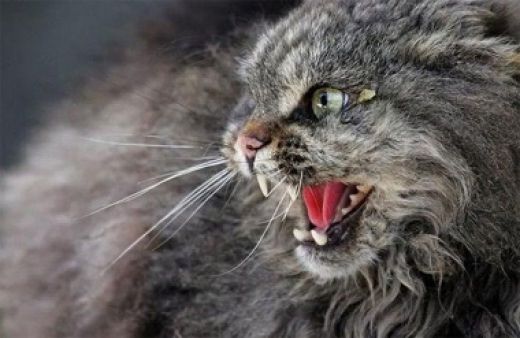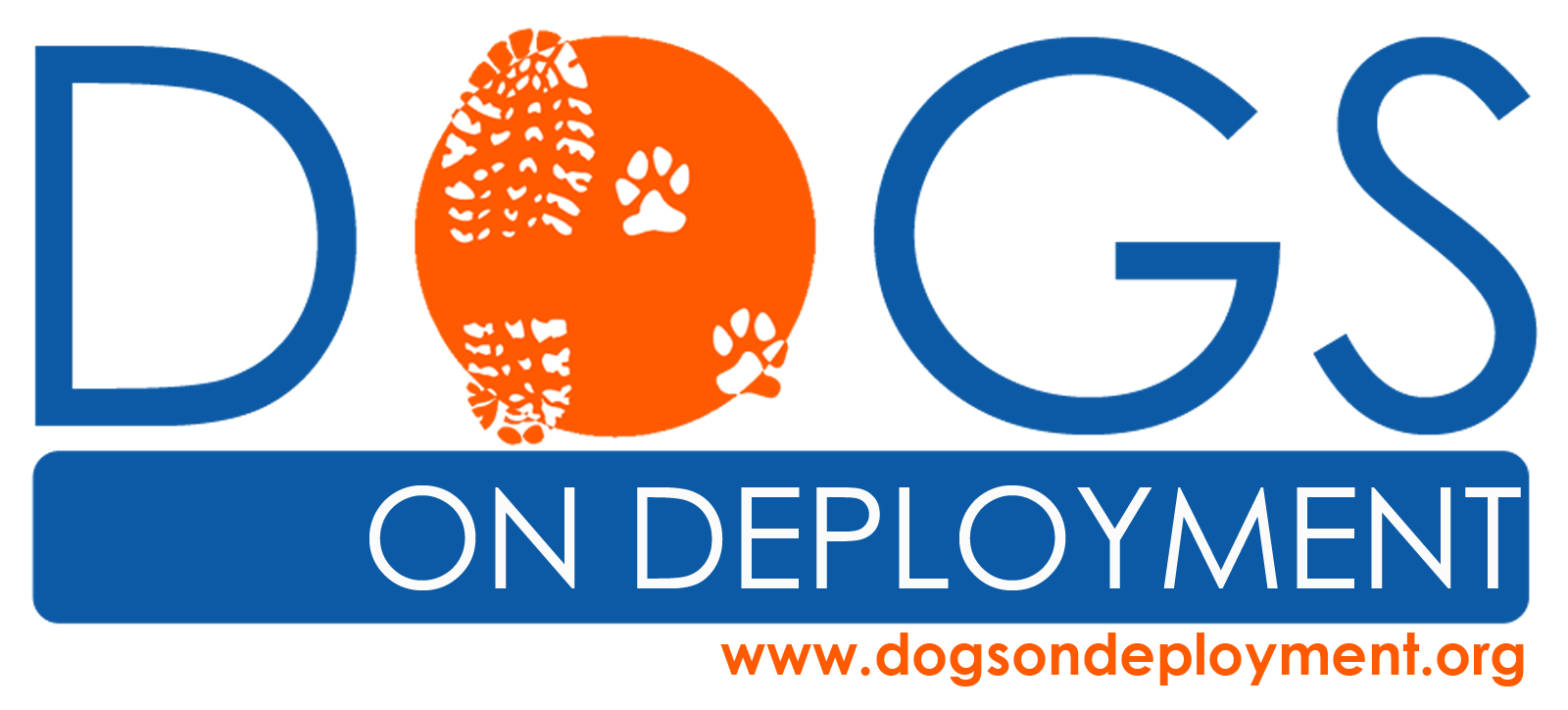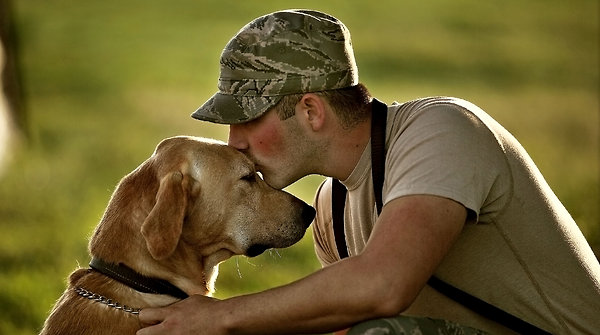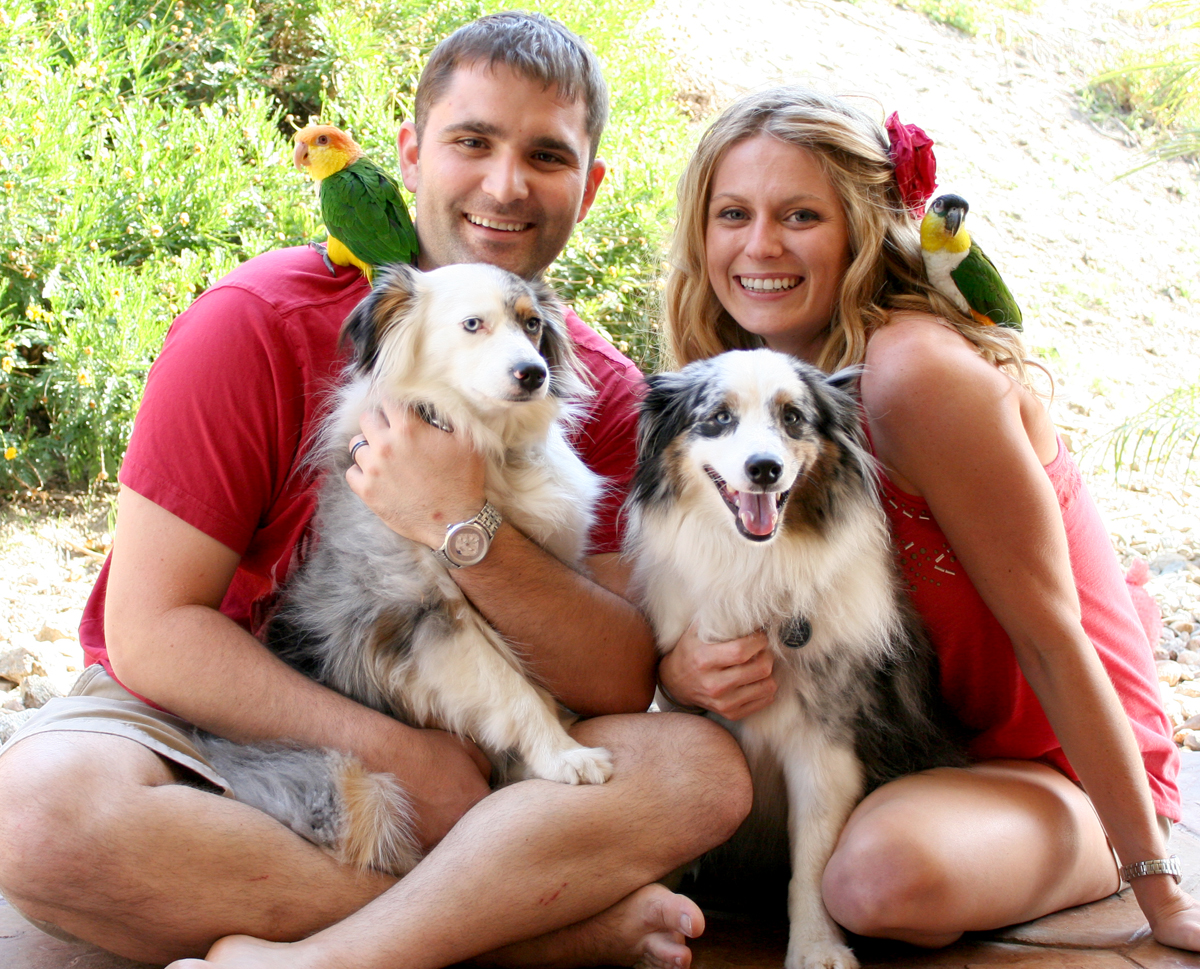Monthly Archives: March 2014
The Cause For Adopting A Pet
 Adopting A Pet When You Are Also Adopted
Adopting A Pet When You Are Also Adopted
There’s a reason why I am your Pet Space’s “Adoptions Editor”. Not only have I adopted animals of my own over the years and grew up with fellow adopted pets, I am adopted myself!
Being an adoptee has given me a unique bond with my pets and the adopted pets of my friends and other family members. Every fur-creature in my life came to me through random chance and or because I went to a place and selected ones with whom I /my family felt a special connection.
Adopting a pet, like adopting a child, implies great responsibility and sensitivity on the part of the new (pet) parent. Your home, even inviting and loving, is a completely foreign setting for the new addition. Your recently-adopted furry family member may be feeling overwhelmed with newness, uncertainty and change in routine. They may experience pangs of loss for former companions if they came from other human owners or lived with litter mates and or their feline/canine mother. Feeling insecure may be the reason for some inappropriate pet behaviors until the period of adjustment passes.
Even an animal coming to your fabulous home from a less than desirable setting might exhibit unwanted behaviors because of the change in their lives. The old setting, good or bad, was their “normal”. It’s the only thing they understood, but with consistency, persistence and lots of love, improvement will happen.
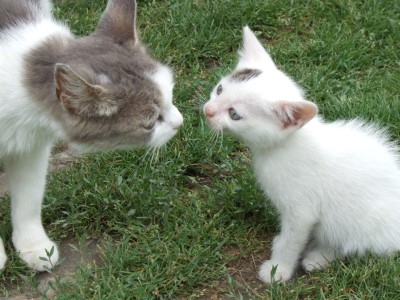 Adopting A Pet When You Have Other Pets Already
Adopting A Pet When You Have Other Pets Already
Many people adopt a new pet and already have other pets in their home. Be sure to still spend time with your first pet(s), reassuring them that they are still a part of your life. You can possibly use an old towel or blanket and pass it between the first pet’s living space to the newer pet and vice-versa. Allow for supervised together time and time apart so that all animals can socialize but regroup in their personal spaces.
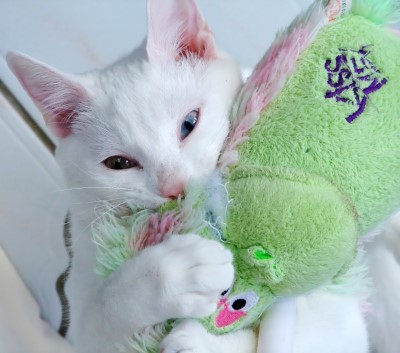 Resources For When You Adopt A New Pet
Resources For When You Adopt A New Pet
Years ago, I subscribed to Cat Fancy Magazine and read many articles by feline behaviorist, Carole Wilbourn.
Where to Buy Books By Carole Wilbourn
 Paige Adams Strickland, our Adoptions Editor, is the recently published author of, Akin to the Truth: A Memoir of Adoption and Identity. She is a Spanish teacher in Cincinnati, Ohio and is married with two daughters and a son-in-law. She has owned both cats and dogs but currently has four cats. Her book blog is www.akintothetruth.squarespace.com, and she welcomes visits and comments there. Her book is available on iPad, Kindle and as a print version at: https://itunes.apple.com/us/book/akin-to-the-truth/id711164304?ls=1
Paige Adams Strickland, our Adoptions Editor, is the recently published author of, Akin to the Truth: A Memoir of Adoption and Identity. She is a Spanish teacher in Cincinnati, Ohio and is married with two daughters and a son-in-law. She has owned both cats and dogs but currently has four cats. Her book blog is www.akintothetruth.squarespace.com, and she welcomes visits and comments there. Her book is available on iPad, Kindle and as a print version at: https://itunes.apple.com/us/book/akin-to-the-truth/id711164304?ls=1
or: Akin to the Truth: A Memoir of Adoption and Identity at Amazon.
Domesticated Hedgehog Facts
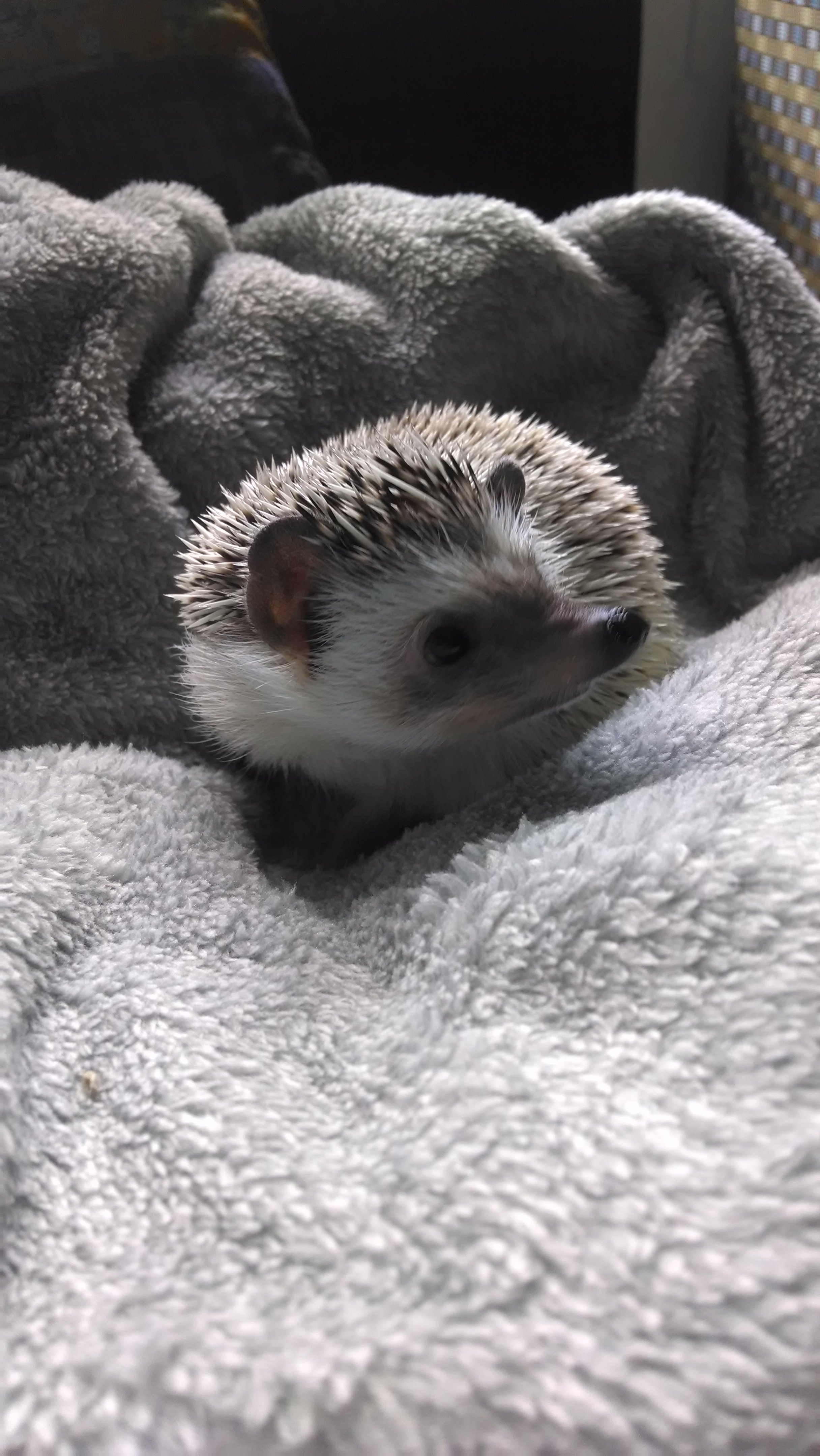 What It’s Like Living With A Hedgehog
What It’s Like Living With A Hedgehog
Growing up, you always knew which one of your friends had pets, what kind, and how many. I mean, one of the best parts of going over to a friend’s house was actually getting to play with their pets. I love animals, so I associate the people I meet and know with the animals that they own. In college it’s especially rare for students to have any kind of pet, but you remember those that do. While they’re usually known for having a cat or dog, my roommates and I are known as the girls with the hedgehog.
They Make Good Pets
Hedgehogs are good pets, but they are not your typical household pet; they are an exotic animal that can’t be found at a local vet’s office, animal shelter, or Petsmart. An advanced deposit has to be paid to a breeder, who then gives you a specific day and time to pick it up. My roommate chose and adopted her hedgehog in August to get used to living with him, before moving into our apartment for the new school year. She named him Winston, or more creatively Sir Winston Churchquill.
Even though he’s considered exotic, living with a hedgehog is almost like living with a hamster or guinea pig. Winston lives in a large plastic container with chicken wire attached to the top. The bottom is covered with bedding, and has a wheel, igloo, water bottle, and food dish. As a nocturnal animal, I don’t notice him much during the day as he normally sleeps in the igloo, huddled under a washcloth for warmth. Sometimes he’ll venture out for food to keep up his cat food diet, but he is more active later at night.
More Domesticated Hedgehog Facts
Each day is a new learning experience with Winston. We read that hedgehogs need to be socialized and played with every day early on in order for them to recognize our individual smells. At night we take him out in an attempt for him to get used to us, but usually end up holding him, sitting still and hoping he doesn’t suddenly get scared and stab us with his quills. Winston is normally anxious and hisses, though it sounds like huffing or constant sighing, whenever he hears a loud noise and stays rolled up with his quills out. He usually unrolls when we try giving him different foods, like applesauce or mealworms, and is then more active afterwards. Sometimes he’ll even wander around the living room, but we can always find him either hiding or sleeping under the couch. No matter what, every new thing that Winston does leads to another cute or funny photo opportunity and Twitter post.
Even Good Pets Can Be Challenging
There are some challenges, though, in living with a hedgehog. As we learned, hedgehogs can apparently be trained to use a litter box. We tried this with Winston, but he still prefers to use the bedding on the bottom of his container or the floor of our apartment when we take him out. My roommate then has to not only change the bedding and clean the container often, but give him a bath too. We just fill a sink halfway with water and use a small brush and baby shampoo to scrub his quills. Even after he’s clean it doesn’t take very long for him to spill his food dish or make a mess again.
Hedgehog Pet Facts: They’re Nocturnal
The most difficult thing about living with Winston is in his nightly routine. At first, my roommate had his container in our room, with him living under her bed. As he’s mainly awake at night, we quickly learned how active hedgehogs can be. Minutes after we try to go to sleep he’s up and running on his wheel for what feels like hours on end. I honestly do not know how a small hedgehog can make so much noise running on a wheel. Most nights we’d have to move him either into the bathroom or outside our door until morning. Eventually we made a spot for him permanently in the living room. Now that we all have a constant routine, the beginning rush of living with the hedgehog has now become normal.
When people ask me what it’s like to live with a hedgehog the first thing I say is that it’s hard. It’s hard to have a pet that can unknowingly hurt you each time you try to pick it up. It’s hard to interact with it when you’re awake and it’s sleeping and vice versa. It’s hard to learn its behaviors and what it likes. It’s hard to stop taking it out every day to play. It’s hard to stop taking pictures and telling people that they can’t come over to see it. It’s hard to hate loving the hedgehog.
About the Author
Julia Mainwaring is a current sophomore Sport and Event Management major at Elon University in North Carolina. When she’s not playing or coaching volleyball, she volunteers at the local animal shelter whenever she can.
Thanks, Julia, for these amazing hedgehog pet facts!
Pet Book Reviews: The Dog Listener
The other day I was asked about puppy bonding techniques. And I was pleased, because it at last gave me a chance to do one of my favorite pet book reviews.
And on the amichien bonding method, no less!
Jan Fennell is the international best selling author of “The Dog Listener” and her training, the amichien bonding method, is used by dog owners worldwide. The success of her method has resulted in six books being translated into 27 languages and published in 34 countries! Jan has had two national television series in the UK and Australia, television appearances in the UK, New Zealand, the USA, Poland and Australia, countless radio appearances in many more countries and has given talks and seminars in twenty six countries- to date.
I began reading Jan Fennell’s The Dog Listener just after speaking to an animal communicator about our young dog, Castle. We were having some behavior problems with our little Brittany, among them mouthing, jumping and border running (incessant barking at the fence line).
Never having heard of the amichien bonding method myself, I’ll explain a bit here:
The amichien bonding method, simply put, is one of respect and understanding rather than a form of dominance or force. By intuiting how dogs treat each other, we can key into how they choose freely to follow a leader, instead of being made to.
KEY POINTS IN THE AMICHIEN BONDING METHOD
Jan Fennell’s teachings are based on four times in wolf families where the pack members re-establish who is leader:
- When the pack hunts.
- When the pack eats.
- At times of danger.
- When the pack reunites.
It is at these times that dog owners must understand how to make dogs want to do what we expect of them of their own free will.
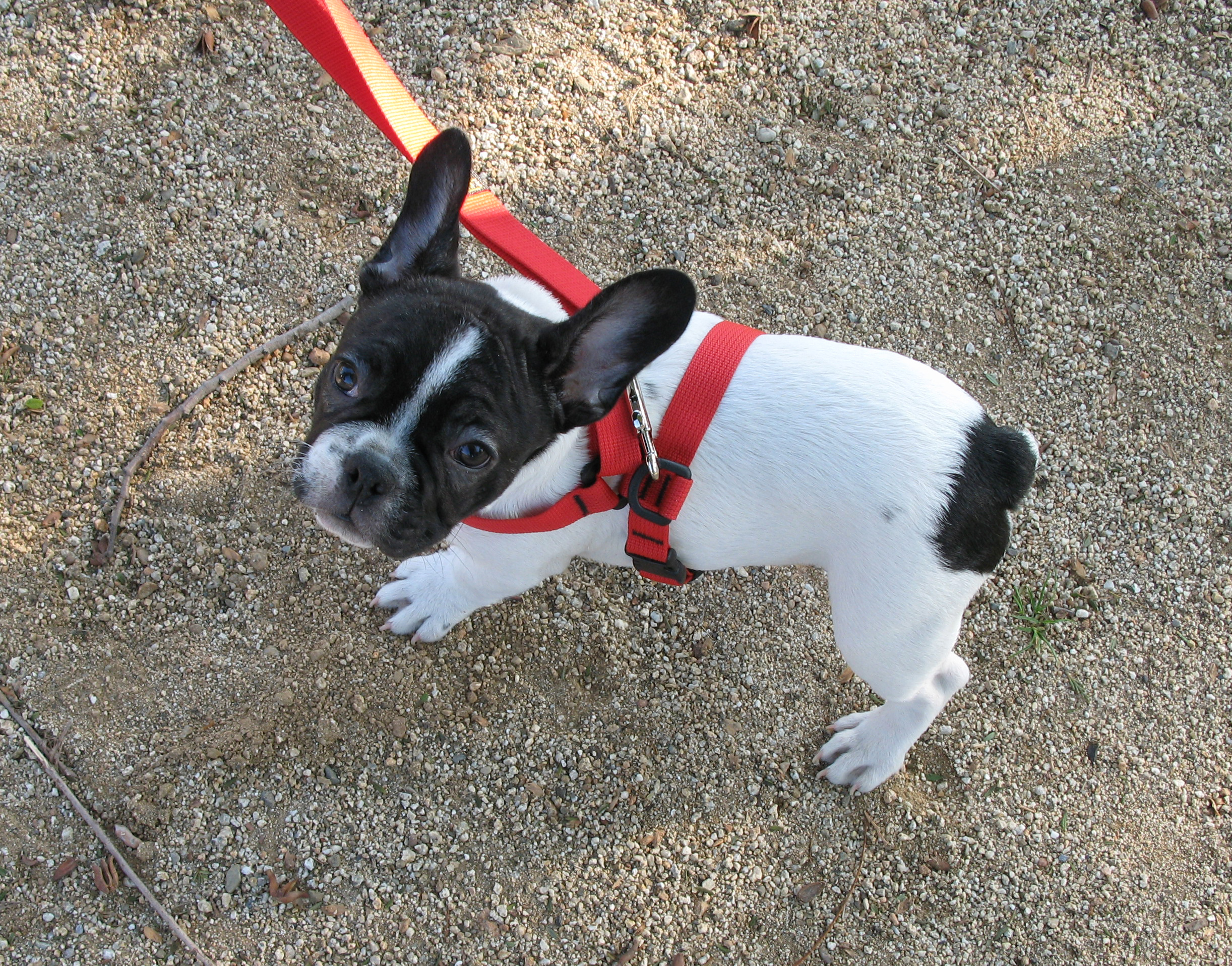 When the pack hunts translates as walking in the modern dog world. Jan tackles subjects in this area such as dogs that run wild off leash and don’t return, chaos in the car, and so on.
When the pack hunts translates as walking in the modern dog world. Jan tackles subjects in this area such as dogs that run wild off leash and don’t return, chaos in the car, and so on.
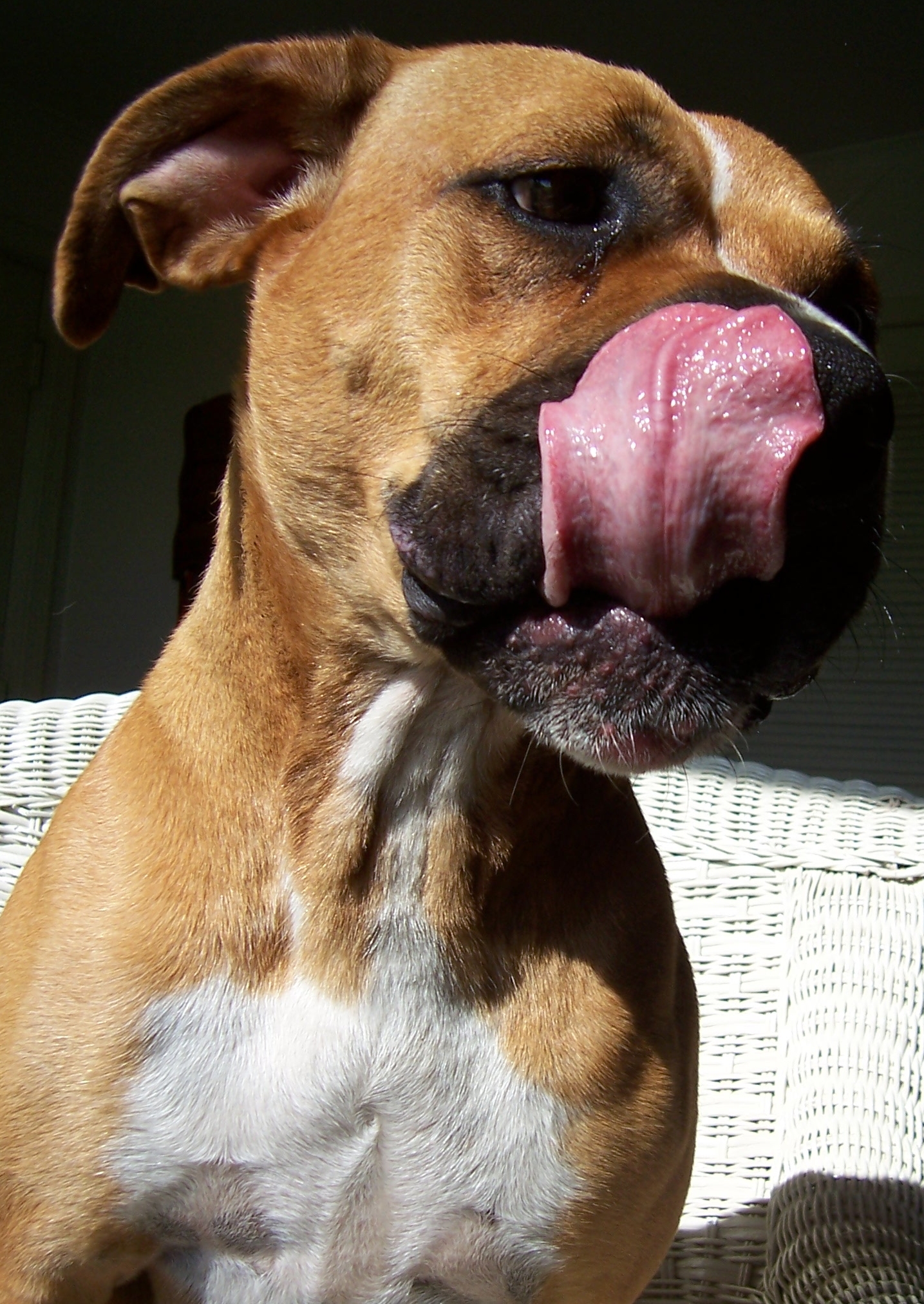 When the pack eats is handled in many different ways, including eating first (or at least “fake eating”, since in wolf packs the alpha pair eat and then the rest of the pack) and dealing with problem eaters as well.
When the pack eats is handled in many different ways, including eating first (or at least “fake eating”, since in wolf packs the alpha pair eat and then the rest of the pack) and dealing with problem eaters as well.
I can tell you that Dave and I personally have mastered mealtimes using Jan’s techniques with our three dogs. We simply establish our leadership by waiting until all three have given us a “down stay” to put food down–and although this was tricky at first, we now have it down to less than 60 seconds per mealtime!
 “At times of danger” could cover a lot of territory–but certainly for us, border running was equivalent to this issue. Castle was once attacked by a dog only blocks from our home, and its clueless owner continues to walk him right by our house every day. Castle would begin fear barking and racing all around the yard to confront her nemesis approaching from all angles every time he passed. And when we did force her back inside by using a leash, she would still bark and pace agitatedly for some time after.
“At times of danger” could cover a lot of territory–but certainly for us, border running was equivalent to this issue. Castle was once attacked by a dog only blocks from our home, and its clueless owner continues to walk him right by our house every day. Castle would begin fear barking and racing all around the yard to confront her nemesis approaching from all angles every time he passed. And when we did force her back inside by using a leash, she would still bark and pace agitatedly for some time after.
Thanks to Jan’s book, and the amichien bonding method, we rarely now have trouble getting her to be more interested in coming in than barking at the fence. But she also covers things like canine confrontations, fear of noises and dogs that bite. 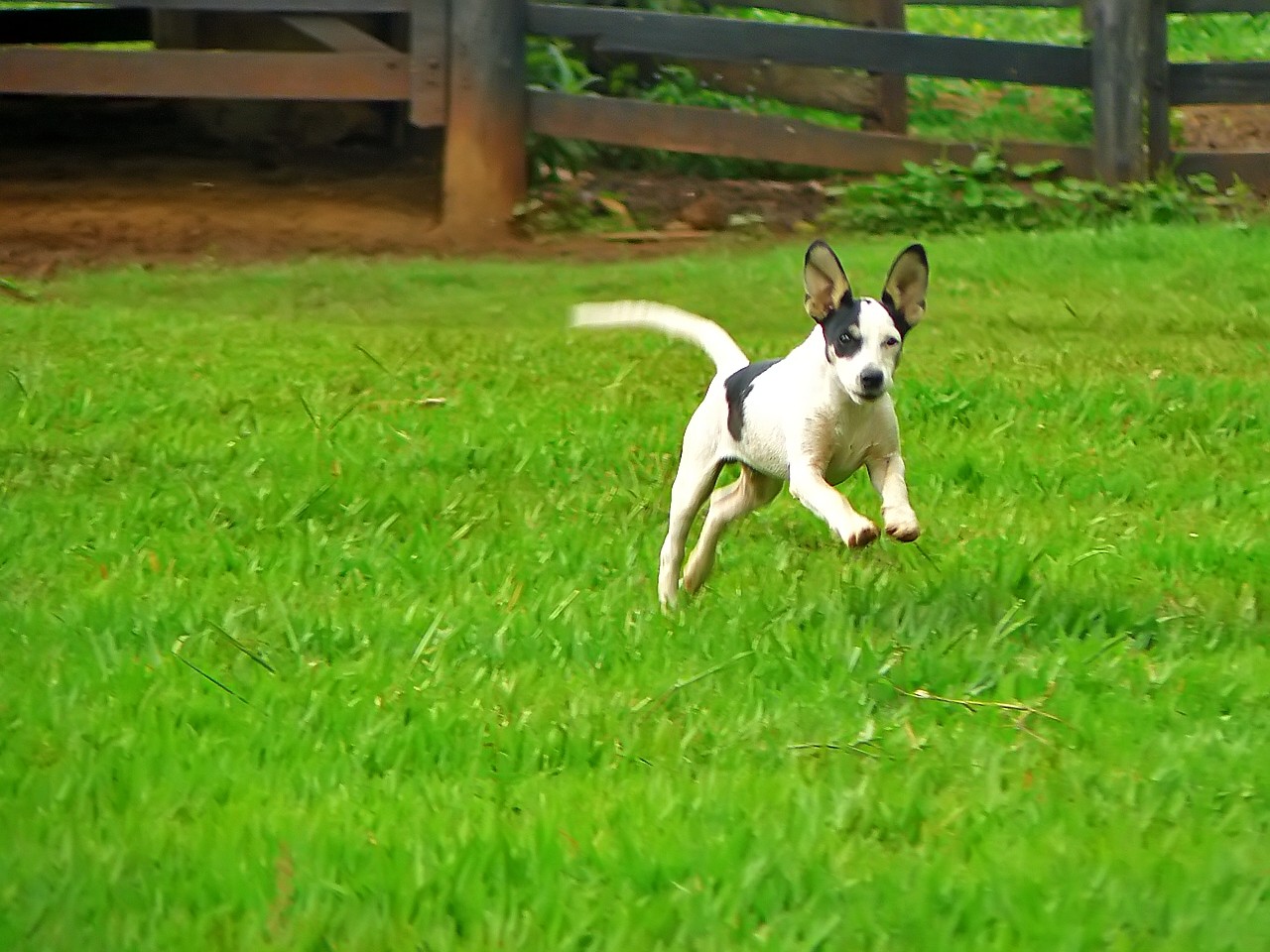 When the pack reunites, for us, took a little longer to understand–until we realized that it meant every time we re-entered the room, to a dog! But this was the reason for Castle’s jumping–and the solution much simpler than you might expect.
When the pack reunites, for us, took a little longer to understand–until we realized that it meant every time we re-entered the room, to a dog! But this was the reason for Castle’s jumping–and the solution much simpler than you might expect.
Other situations Jan covers in this book include: nervous aggression, separation anxiety, puppy bonding techniques, potty training problems, multiple dog issues, dogs that are too possessive (of owners and/or toys), nervous dogs in general and problems specific to rescue dogs.
The book also includes a 30 day training guide–how cool is that? And she even got her horse training hero, Monty Roberts, to write the foreword!
In short, we highly recommend The Dog Listener, and the amichien bonding method!
Here are some words from Jan, also, taken from her website:
“The absolute joy that dogs have brought into my life, from a very early age, made me wonder if it were possible to repay this gift in any way.
Like a lot of dog owners, I was less than happy with traditional training of dogs, which involve jerking, pushing and punishment but knew of no other method. There was also the widespread acceptance of the notion that to successfully work with a dog demanded a knack or special gift, a belief that prevents many loving owners from ever succeeding.
Also, like most people, I knew that dogs had an excellent communication system of their own but as a human, with a completely different method of communication, failed to see how I could bridge the gap and make real “contact”. Then in 1989 a good friend, Wendy Broughton, introduced me to the work of the acclaimed horseman Monty Roberts, and I saw, for the first time, how it was possible to not only learn the communication system or language of another species but more importantly, find a way of responding in an acceptable, kind way to that animal and thereby open true conversation, with the emphasis on working with the true nature of the animal, gaining its trust and willingness to co-operate, of its own free will.
This gift of understanding means that we are all now able to quickly identify, understand and consequently, resolve all type of undesirable behaviour. We can do this (no matter what the breed or age of dog) without the use of force, fear, frustration or gadgets, and it can be achieved by anyone who chooses to adopt my method ‘Amichien® Bonding’.
There is only one thing better than finding something so special and that is being able to share it, which I have been able to do through the books, DVD’s and courses for many years now and how wonderful it is to have a team of highly qualified colleagues, worldwide, passing on this information in such a way that empowers all dog owners.
I wish you joy on your journey of understanding and promise that you can do this too.”
Jan Fennell
Click here to buy: Books By Jan Fennell
![]() Joy Jones, Publisher, is also the Vice President of Your Pet Space, a cage free dog boarding facility serving the greater Las Cruces, NM area. She is also a syndicated columnist living with her husband Dave (below). When not working on Your Pet Space, she writes a metaphysical column, as well as urban fantasy and humor. You can e-mail her at joy@yourpetspace.info as well as send her a friend request on Facebook.
Joy Jones, Publisher, is also the Vice President of Your Pet Space, a cage free dog boarding facility serving the greater Las Cruces, NM area. She is also a syndicated columnist living with her husband Dave (below). When not working on Your Pet Space, she writes a metaphysical column, as well as urban fantasy and humor. You can e-mail her at joy@yourpetspace.info as well as send her a friend request on Facebook.
Pet Sitting Tips: How To Find A Pet Sitter
Pet Sitting Tips
Finding a pet sitter can be a daunting task if you’ve ever had to find a suitable day care or babysitter for your children or even locating a long-term care facility for your senior parents, you’ll understand. Each person’s and each pet’s needs will vary. Here are a few guidelines to consider when looking for “while you’re away” pet sitting for your fur family:
Pet Sitting Instructions For You
- How long will you be absent from your pets? How do your pets do when separated for long periods of time? If you have dogs or even cats that require a fair amount of attention, consider finding a pet sitter that stays on the premises overnight. Find a sitter that will help you with the most suitable service that best fits your needs.
Pet Sitting Instructions For THEM
- Each pet sitter communicates with their clients differently while you are away. Some are tech-savvy and some are not. Find one that will work out a good communication system with you in case of emergencies or even simple inquiries that may have been missed in the initial introductory meeting.
- Consider having the pet sitter meet your pets before planning your vacation, to see how well your pets get along with him or her, or even suggest a trial period to see how the pets adjust to a different person in the house.
Pet Sitting Instructions IN GENERAL
- Some pet sitters carry insurance–not all; however, finding one that is insured and bonded can be a good bonus to consider for peace of mind. Many are pet first aid certified as well.
- Locate a pet sitter through referrals from your vet clinic, online groups such as Facebook or LinkedIn. Some places such as the Chamber of Commerce may have listings of pet sitters in your town as well. Get advice from your friends, family or even co-workers, as well. Craigslist and Kijiji will mostly have postings from young people looking for extra money or place to stay while attending college/university. Find a sitter that cares more about your pets. Trust your gut instincts to put your trust in a new person in your pet’s lives!
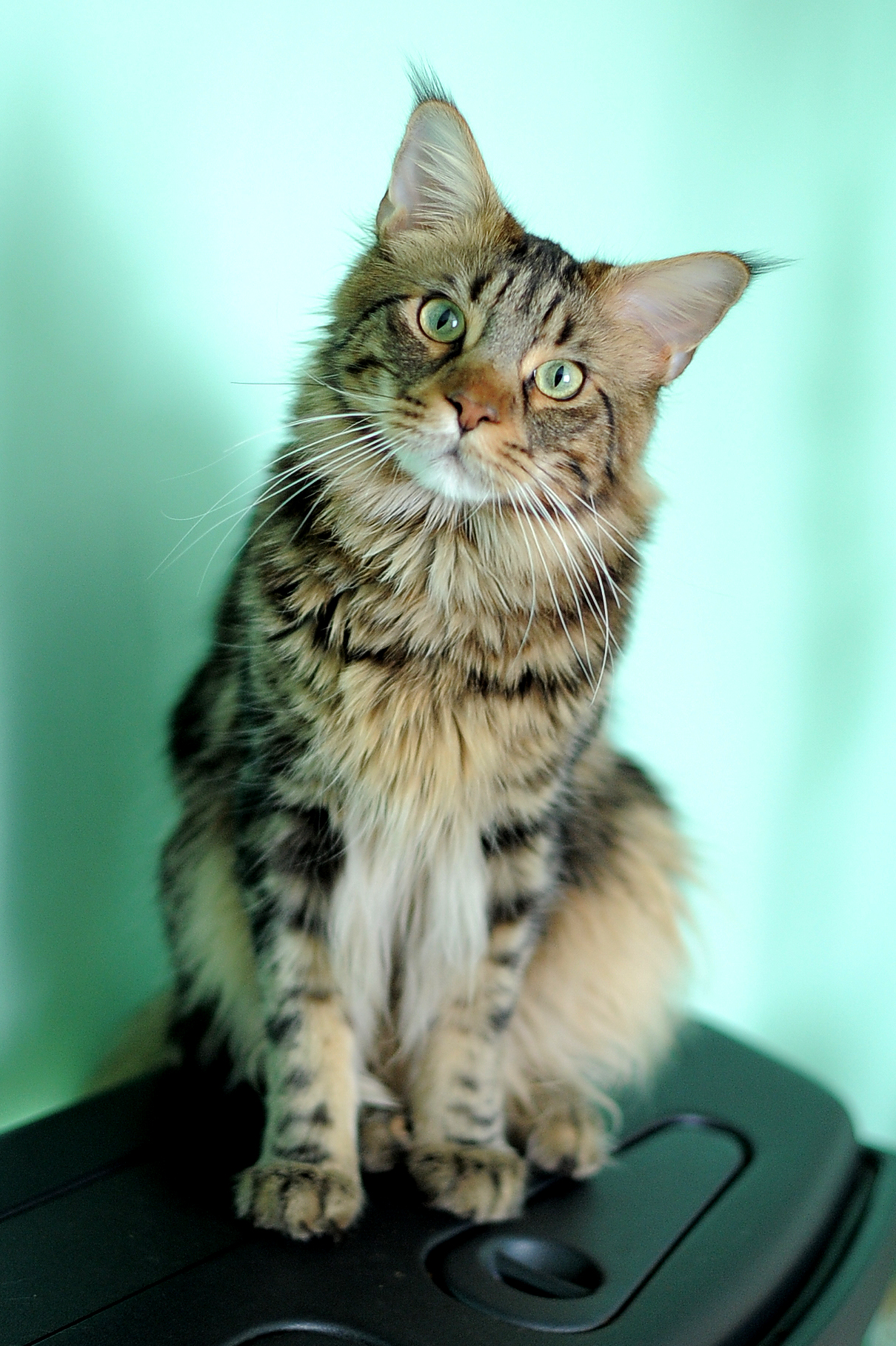 More pet sitting tips: There are all types of “while you’re away” pet sitting. Some only do dog-walking Mondays through Fridays, some only do cat-sitting and not overnight stays, some only do small animal care, and some consider doing farm jobs as well. Some will stay at your house and some will board your animals in their own homes. There are many options available to you out there!
More pet sitting tips: There are all types of “while you’re away” pet sitting. Some only do dog-walking Mondays through Fridays, some only do cat-sitting and not overnight stays, some only do small animal care, and some consider doing farm jobs as well. Some will stay at your house and some will board your animals in their own homes. There are many options available to you out there!
 by Jen McEachen
by Jen McEachen
Pet Sitter/Owner of Pampered Critters
Jen grew up with an assortment of animals including cats, dogs and rabbits. She began “hobby” sitting for a few people in 2004. Having graduated from the College of New Caledonia in 2008 with certification in Applied Business Technology, she was awakened in early June 2010 by a dream – the dream that ultimately set her on the path to establishing Pampered Critters. She’s always had a strong compassion towards animals and clients, and really, pet and house-sitting seemed a far more suitable career path for her than sitting in an office and being an administrative assistant.
Her interests mainly surround animals, disability advocacy, and some recreational activities including bowling and socializing with friends. She volunteers her time as the volunteer resources coordinator at the Canadian Red Cross’ HELP (Health Equipment Loan Program) depot and also volunteers for the Canadian Cancer Society as well. Contact her at: www.pamperedcritters.ca
Reptile Facts: My Turtle Tale
 WHAT KIDS DON’T KNOW ABOUT REPTILE FACTS
WHAT KIDS DON’T KNOW ABOUT REPTILE FACTS
One September, when I was in third grade, I found a turtle in my back yard, with whom I fell in love instantly. I’d found a huge treasure. Technically, I didn’t even know enough to tell if my turtle was a he or a she, but I decided this amazing and beautiful being was too perfect to be a boy, so I named my turtle, “Teresa”. Her top shell was perfectly arched and form-fitted to my eight-year-old hand. Her head and forearms had yellow-orange spots in precise formation. Teresa’s underbelly shell was smooth and flat. She looked festive and flawless. I decided “finders-keepers”, and my parents were OK with the idea. They assumed my fascination would fade in a week or so.
 What Do WILD Turtles Eat?
What Do WILD Turtles Eat?
When asked, “What do wild turtles eat?“, a neighbor told me that box turtles would eat garden food like fresh tomatoes, lettuce and beans. They also feed on flies, worms, butterflies, and mine enjoyed raw hamburger. My mom found a decent-sized box from the grocery to keep Teresa in. She filled the bottom with grass and leaves and gave me a tin-foil potpie dish for her water.
I loved Teresa. I would dash home from school, sit with her on the back porch and tell her about my day. I’d let her out of the cardboard produce box to roam a bit in the cut grass, and I drew turtle pics of her to hang in my room. Teresa, the Common Box Turtle, was absolutely one of the most fabulous creatures I had ever seen.
Unlike my dog, however, Teresa was a wild animal, and as October drew near, I knew she couldn’t live with me forever. She needed to prepare for winter and be in nature. One late afternoon in October my mother and I let Teresa the Turtle go free in our back yard. My heart broke as I sat on the back step and watched her scoot off toward the trees behind our house. I cried but I knew it was best for her.
 Today, turtles are still sacred animals for me. They are persistent, steadfast survivors. They are deliberate and focused. Turtles remind me to slow down in a hurried society. They inspire me to never give up on my goals, but tell me that it is also okay to “hibernate” and take a break till the next season if necessary.
Today, turtles are still sacred animals for me. They are persistent, steadfast survivors. They are deliberate and focused. Turtles remind me to slow down in a hurried society. They inspire me to never give up on my goals, but tell me that it is also okay to “hibernate” and take a break till the next season if necessary.
Native American Turtle Creation Legends
Many Native American creation stories are based on turtles and their capabilities to form the earth in such a way as to sustain human life. No wonder I appreciate turtles so much! Whether they are gliding around reefs in the oceans or crawling across a field toward a cluster of shady trees, turtles and tortoises work to keep nature in balance and share peace and beauty with all other living things.
The Iroquois Legend Of Creation
 Paige Adams Strickland, our Adoptions Editor, is the recently published author of, Akin to the Truth: A Memoir of Adoption and Identity. She is a Spanish teacher in Cincinnati, Ohio and is married with two daughters and a son-in-law. She has owned both cats and dogs but currently has four cats. Her book blog is www.akintothetruth.squarespace.com, and she welcomes visits and comments there. Her book is available on iPad, Kindle and as a print version at: https://itunes.apple.com/us/book/akin-to-the-truth/id711164304?ls=1
Paige Adams Strickland, our Adoptions Editor, is the recently published author of, Akin to the Truth: A Memoir of Adoption and Identity. She is a Spanish teacher in Cincinnati, Ohio and is married with two daughters and a son-in-law. She has owned both cats and dogs but currently has four cats. Her book blog is www.akintothetruth.squarespace.com, and she welcomes visits and comments there. Her book is available on iPad, Kindle and as a print version at: https://itunes.apple.com/us/book/akin-to-the-truth/id711164304?ls=1
or: Akin to the Truth: A Memoir of Adoption and Identityat Amazon.
The Cause Of The Feral Cat
Feral Cat Or Stray?
If you see a stray cat in your neighborhood that is overly cautious or unfriendly and seems to have no owner or home, it is most likely not one of the feral cats. The cat may seem very cautious or frightened around people, but it is not considered truly feral if it maintains any type of human/cat connection (called “socialization”). A stray or abandoned cat, even a frightened one, will remain close to humans if only to get food, but a truly feral cat will avoid all human contact if at all possible. A stray cat, if taken in, can resume a socialized role in a home. The same is true of kittens of feral cats if human interaction is introduced early enough.
Feral Cat As Loner
Unlike stray and abandoned cats, feral cats are rarely seen in our everyday lives. They live in out-of -the way places, in groups or colonies of related cats. While it may seem like a free and easy life, their lives are constant searches for food, daily fighting, injury and disease. While an indoor/outdoor pet may have a life expectancy of 16-18 years and beyond, a truly feral cat will probably have a lifespan one-third of that. Without proper medical care and shelter, frequent fighting, dogs, poison left where the curious cat may find it, malicious humans and other causes will all contribute to a hard scrabble life that ends all too soon.
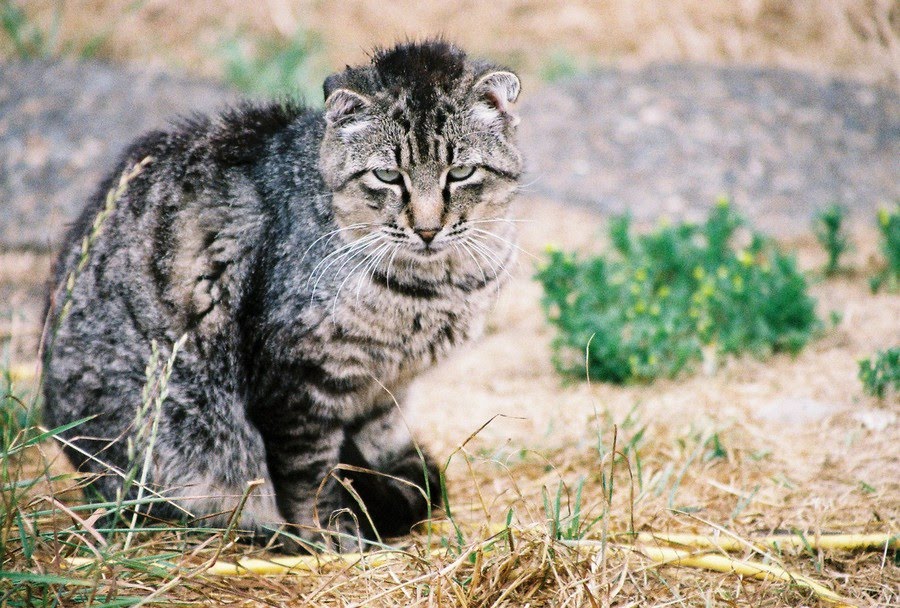 Because cats can reproduce as early as five months, three or four times a year, this can result in an overpopulated colony that cannot be sustained by local resources. Competition for these resources will take a heavy toll and many feral cats will not make it out of adolescence.
Because cats can reproduce as early as five months, three or four times a year, this can result in an overpopulated colony that cannot be sustained by local resources. Competition for these resources will take a heavy toll and many feral cats will not make it out of adolescence.
What’s to be done? It’s hard not to care, whether you are a cat lover or just a concerned citizen. You may feel moved to act in some way to either make life a little better for these cats or to end the sometimes inconvenient damage to the environment brought about by such large populations. One solution described in detail at The Humane Society’s Web page describes the Trap-Neuter-Release program (TNR) with recommendations on safe and effective ways to alleviate over population among these feral cat colonies thereby ending unnecessary cycles of suffering from over breeding).
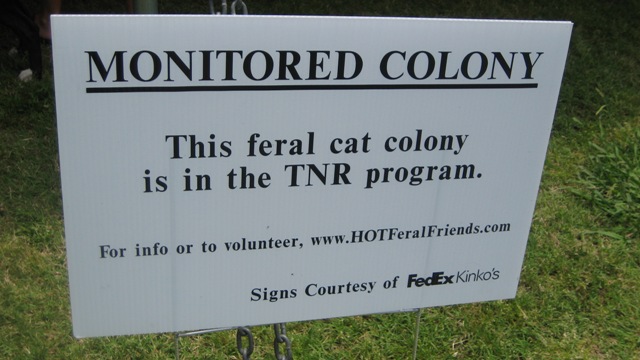 You can read more about TNR here.
You can read more about TNR here.
 John Jordan is a technical writer with 20 years in magazine publishing. After that, he became a medical proposal writer competing for the creation of VA clinics, and now
John Jordan is a technical writer with 20 years in magazine publishing. After that, he became a medical proposal writer competing for the creation of VA clinics, and now
he does contract copywriting, illustrating and animating, as well as maintaining the YPS Facebook page. Raised on a farm in Brown County, Ohio, John was always surrounded by animals of every stripe and spot, on farm and in forest. This instilled a deep sense of the complete interaction of all natural things.
His favorite animal stories include all of the “All Creatures Great and Small” books.
If you have a pet story, product or service that might be of interest for Your Pet Space
readers, you can contact John at john.jordan1@facebook.com
Who Is Dogs On Deployment?
What Happens To Dogs Of Deployed Soldiers?
Every military member deals with various difficulties and personal uphill battles during their careers; a dual military couple is a special breed of marriage where those battles are multiplied with the complexities of two careers, two commands, two goals and two paths which aren’t always convergent. This is the situation my husband and I found ourselves in. We knew it going into the deal; that our marriage would be tested, we’d be apart, and it would be tough. My husband, LT Shawn Johnson, US Navy, was at the tail end of his first sea tour stationed in San Diego, CA, and facing an upcoming deployment. I had just commissioned into the US Marine Corps, and would be attending an infantry-centric six-month training required by all Marine officers, The Basic School, in Quantico, VA, followed by up to two years of Naval Flight Training in Corpus Christi, TX. We were as prepared as we could be to meet the challenges of separation and trying to manage a marriage from two separate states. What we weren’t prepared for, of all things, was our dog.
JD is our baby. We had gotten him as a puppy, and his 35lb body of fur brings so much love into our home, that his presence is the thing that makes me smile in the mornings. He was two years old when I commissioned. In a few months, I was scheduled to move to Virginia for training, where I would be required to live in the barracks, where pets are strictly forbidden. Shawn was scheduled to deploy at the same time. We broke the lease on our house, moved our stuff into storage, and then stared at our dog in puzzlement as to what to do with him. Our immediate family was unable care for him for the six months we needed, and professional boarding (which we would have paid if it came to that) was the same as a small mortgage.
We were lucky. A distant relative on Shawn’s side of the family lived in Virginia, near the base I was moving to, had a large yard, and was retired military, understanding the difficulties placed on military families. Without even meeting JD, they agreed to welcome him into their home for six months, while I tromped around the forest in my boots with my M-16, and Shawn deployed to the Middle East.
We were lucky, but not all military members are.
On our drive from California to Virginia, we got to talking about the situation. JD in the back seat inspired us to come up with an idea to prevent this worrisome situation from happening to other military members. We would create a national non-profit that would connect military members with volunteers willing to board their pets during their service commitments; deployments, training and moves. We would eventually come to extend our network to homeless veterans, Wounded Warriors and the families of those affected by military hardship. We would use the money we raised from donations to give grants to needing military families for help with their pet’s care during emergencies, providing funds to transport pets overseas on moves, pay for emergency surgeries, give food to homeless veterans’ dogs, and even basic care, like spay and neuter initiatives. Thus, in June 2011, in the cramped seats of a baby blue Volkswagon crammed with everything I owned, my husband and my beloved dog, we founded Dogs on Deployment.
Growth of Dogs On Deployment
With the help of our small group of volunteers, Dogs on Deployment has grown to include a network of over 10,000 users. When a military member needs assistance with their pet’s care during their upcoming service commitment, they can visit our website and register their pet. In turn, what we call “DoD Boarders” register as foster homes to welcome a military-owned pet into their home. Through Dogs on Deployment, the two can connect, and work together to provide placement and a safety net for the pet. Our network aims to prevent needless relinquishment of military pets to shelters due to lack of options, and also improve the morale of deploying troops by providing them with resources able to help them and their pets.
Our network is robust. While we are currently limited to only helping those in the United States (though we do have future plans to expand internationally), we allow listings for any type of pet. We have helped over 400 military-owned pets find temporary care in their owner’s absence since founding, to include dogs, cats, birds, turtles, rabbits, ferrets, reptiles and more. Since Dogs on Deployment is a networking service, there are few requirements placed on DoD Boarders to register, as it is the decision of the owner who they choose to care for their pets. Our open network allows for easy communication between military members needing help and those that want to help them.
What Dogs On Deployment Promotes
Besides providing the largest foster network for military members, Dogs on Deployment also promotes responsible, lifelong pet ownership by military families. Last year, we hosted our first annual Dogs on Deployment Military Pet of the Year and Mascot Competition to celebrate this, where we had several military-owned dogs submitted in our contest, and the winner by popular vote was Bram, a Rottweiler owned by a US Air Force family stationed at Whiteman Air Force Base, MO. Bram has represented Dogs on Deployment and responsible pet ownership this past year by competing in training trials, being an ambassador for his breed and attending several community events.
The search has started again, and Dogs on Deployment launched our 2014 Military Pet of the Year and Mascot competition on February 1st, where we will find our next mascot and announce the winner in March.
In 2012, Dogs on Deployment was registered as a national 501(c)(3) tax-exempt non-profit. We are funded through private donations and sponsorships. With the new year of 2014, we have big goals to expand our network, including launching a new website, increasing our financial grants to military families, and providing additional aid to DoD Boarders when a pet through our network is in their care.
How You Can Foster Dogs Of Deployed Soldiers
Should supporters of Dogs on Deployment want to get involved through volunteering or donating, please visit our website www.dogsondeployment.org to learn how you can help.
Our organization’s success relies on the community support in both the civilian and military sectors. When you bring two common passions together; American troops and the love for animals, you create an unstoppable force of dedication, support and outright generosity. Running this organization has been an adventure, and a fulfilling one. Becoming a Marine is my greatest accomplishment. Being a Marine means self-sacrifice, and putting others before yourself. Dogs on Deployment allows others to feel that same sort of pride. Helping a military member with their most precious item, their best friend, their family, can be challenging. But the reward is worth the effort. Seeing reunions of our troops with their pets (which you can watch on Dogs on Deployment’s YouTube channel), can bring tears to your eyes as the viewer. Being the one who made that reunion possible, is what I hope, a great accomplishment for any of our DoD Boarders.
Support us and foster dogs for deployed soldiers by finding us online, on Facebook, Twitter and YouTube.
Founders Alisa and Shawn Johnson proudly own two miniature Australian Shepherds, JD and Jersey, and two Caique parrots, Kiki and ZoZo, who are the inspiration behind their work. They are also active fosters for Dogs on Deployment and their local rescue groups.
Adopting A Puppy: A Book Review
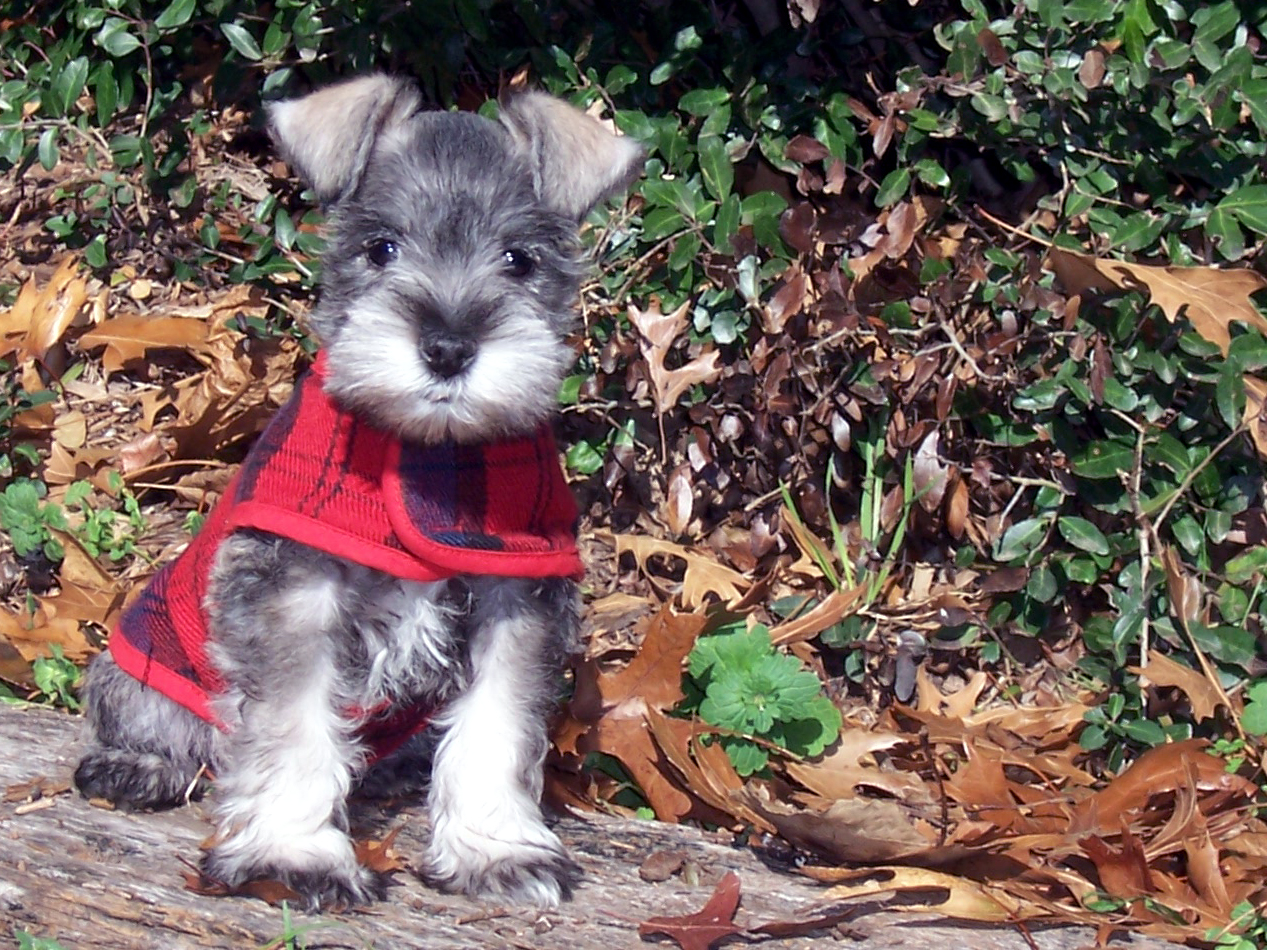 If you’re thinking of adopting a puppy, we highly recommend the following book:
If you’re thinking of adopting a puppy, we highly recommend the following book:
How To Raise The Perfect Dog
by Melissa Jo Peltier and Cesar Millan (audio version narrated by John H. Mayer)
As I listened to the Audible edition of this book, I couldn’t help but wonder what it would be like to work for Cesar Millan, and be able to sit around my office watching puppy cams whenever I wanted. In fact, this entire book is an oblique look at how things are run at the Dog Psychology Center–which makes it a fun and interesting read/listen.
In the introduction, Cesar Millan states that the purpose of this book is to teach that adopting a puppy and raising it is a learned skill, not innate–and that although we often think of our dogs as our babies, it’s a very different thing to raise a puppy than a human baby. He calls puppies “little survival machines”, and calls upon us to see that dogs themselves are the best teachers of how they should be raised with rules, boundaries and limitations in order to thrive and become perfect pets.
Although this book starts with Cesar selecting four very different dogs to follow along the path from adoption to adolescence, the book is super useful for owners with dogs of any age. It’s important to note as well that dogs are considered:
Puppies–until 8 months old
Adolescents–from 8 months to 3 years
Adults–over 3 years
 There are four dogs featured in the book, varying in age from puppyhood to adolescence. Some came from breeders, some from rescues. The dogs are:
There are four dogs featured in the book, varying in age from puppyhood to adolescence. Some came from breeders, some from rescues. The dogs are:
Junior–a Pit Bull
Blizzard–a Labrador Retriever
Angel–A Miniature Schnauzer
Mr. President–an English Bulldog
Those readers familiar with Cesar’s former show The Dog Whisperer will know that pit bulls are one of his favorite breeds–in fact, in this book he says that he recommends people with children seek a puppy of this breed which has balanced energy and is well socialized, as the breed’s very characteristics of toughness and stamina make it a perfect choice for children that want to climb on the dog and pull on its ears, etc. His 16 year old pit bull, Daddy, was famous for calming the energy of unstable dogs on Cesar’s show, and actually helped him select Junior!
Cesar has worked with John Grogan’s family, but was determined that Blizzard not be another “Marley and Me”.
He worked with each dog individually to raise them more as dogs first, and then to honor what they were actually created to do as breeds. Cesar believes that adopting a puppy and raising it as naturally as possible creates a natural balance in its energy, and makes it the perfect pet!
So–if you’re looking for a comprehensive guide for adopting a puppy, we highly recommend this book. Follow the link below to buy this one and more at Cesar’s Bookstore!
 Get great Books and More from CesarsWay.com
Get great Books and More from CesarsWay.com
Pet Health Insurance–Needed Or Not?
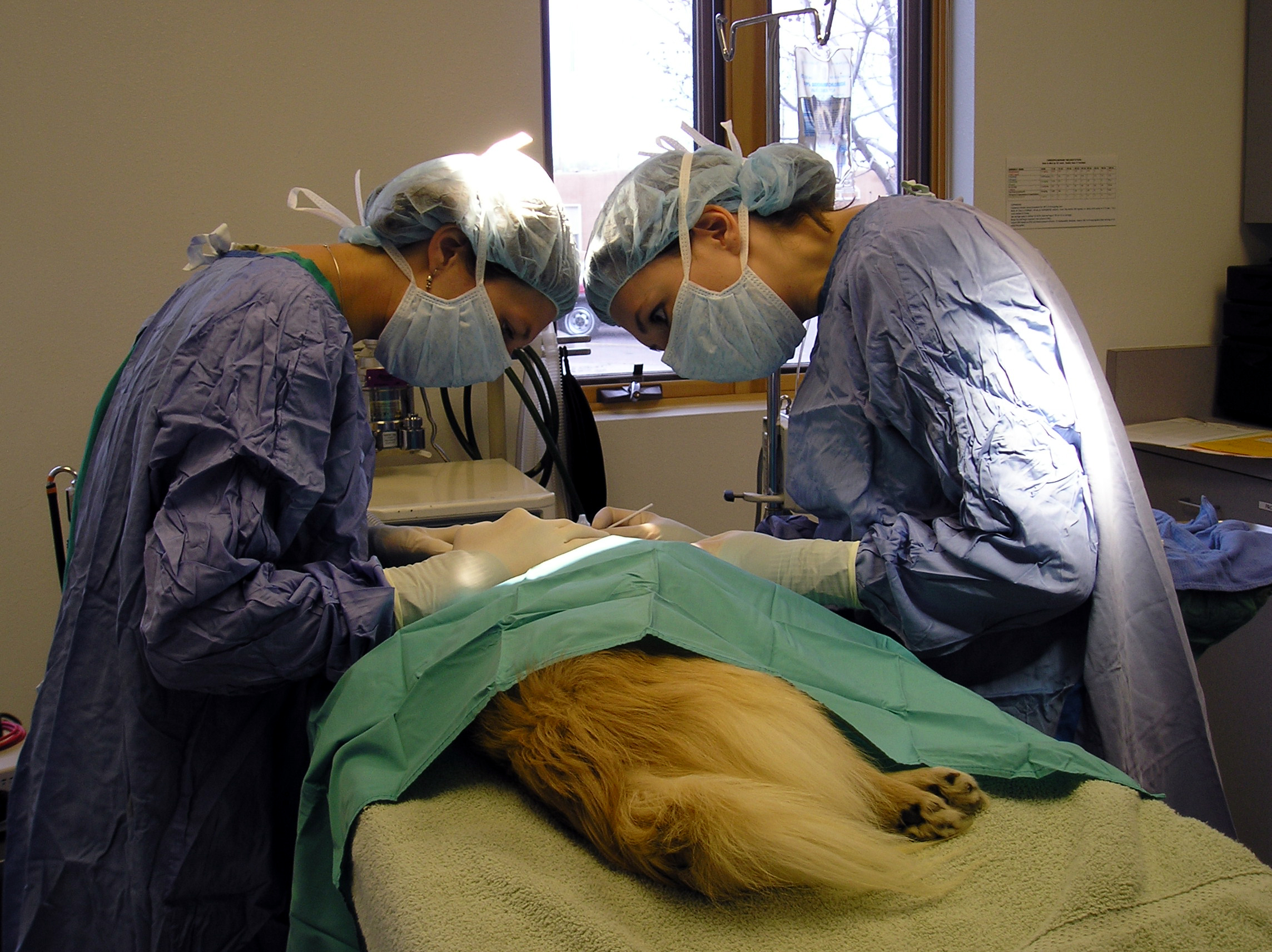 We’ve had one cat and two dogs die of cancer without the benefit of pet health insurance. So Dave and I know how it feels to be a pet parent with a sick baby. Some of our staff have had the experience also of their pets suffering life threatening injuries and having to foot expensive veterinary bills. So we did a bit of research on the subject of pet health insurance. Here’s what you need to know:
We’ve had one cat and two dogs die of cancer without the benefit of pet health insurance. So Dave and I know how it feels to be a pet parent with a sick baby. Some of our staff have had the experience also of their pets suffering life threatening injuries and having to foot expensive veterinary bills. So we did a bit of research on the subject of pet health insurance. Here’s what you need to know:
Pet Health Insurance Then And Now
At one time, pet health insurance was something owners just never needed–not only was the public’s attitude toward their pets more like property, but veterinary science had not caught up to the technology offered to human patients. However, now vets can offer radiation therapy, kidney transplants, MRIs, open heart surgery and cancer treatment, just to name a few. So the price tag for emergency care has gone up–and pet health insurance is firmly on the table of choices.
Is Affordable Pet Health Insurance Possible?
In a world where more than 12 billion dollars is spent annually on veterinary care, even places like the American Kennel Club and Petco have partnered with insurers to offer pet health insurance. And employers such as Office Depot and Google offer the coverage as part of their employee benefit packages. Vets say that more often than not, if pet parents had invested in pet health insurance before a major illness or injury, they would not have had to resort to euthanasia of a pet that could have been saved. However, Consumer Reports did a study a few years back, the result of which was a recommendation that pet owners avoid pet health insurance premiums, and instead start a pet health savings account in case of an injury or illness.
What To Look For In Pet Health Insurance
But let’s say you do want to go ahead with obtaining pet health insurance–what should you look for?
- Is the insurer registered with your state?
- What is the deductible? How much are co-pays, caps or limits?
- What are the exclusions? (Such as hip dysplasia in certain breeds.)
- Is there a pre-existing conditions clause?
- Is there a difference in cost according to the age of your pet?
- How does the cost of one company’s policy compare to another? (This can vary widely!)
If you’re getting the feeling it’s much like shopping for human insurance–you’re right! And just like your own policy, the purchase of pet health insurance is more an exercise in risk management than anything else. Statistics show that most people are not going to get back what they pay out in premiums for pet health insurance.
On the other hand, the people that have are pretty happy they made the investment.
 Joy Jones, Publisher, is also the Vice President of Your Pet Space, a cage free dog boarding facility serving the greater Las Cruces, NM area. She is also a syndicated columnist living with her husband Dave (below). When not working on Your Pet Space, she writes a metaphysical column, as well as urban fantasy and humor. You can e-mail her at joy@yourpetspace.info as well as send her a friend request on Facebook.
Joy Jones, Publisher, is also the Vice President of Your Pet Space, a cage free dog boarding facility serving the greater Las Cruces, NM area. She is also a syndicated columnist living with her husband Dave (below). When not working on Your Pet Space, she writes a metaphysical column, as well as urban fantasy and humor. You can e-mail her at joy@yourpetspace.info as well as send her a friend request on Facebook.


